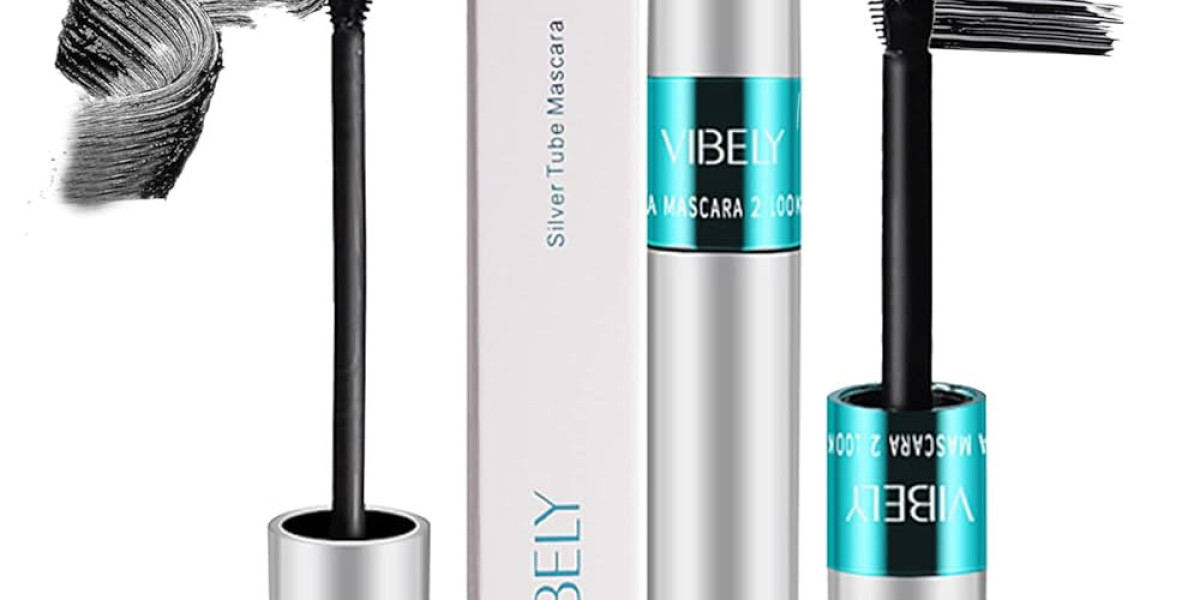Choosing the right outdoor enclosure is a practical decision that affects safety, longevity, and maintenance budgets. For many contractors and facilities teams the middle choice comes down to protection level and ease of access — a Weatherproof db box placed correctly keeps circuits dry and serviceable. In high-exposure locations installers often specify materials and seals to match environment; with that approach, a Weatherproof db box can significantly cut downtime and corrosion-related repairs.
Why weather resistance matters
Outdoor electrical enclosures face rain, dust, UV and temperature swings. Corrosion, short circuits and degraded insulation are common risks when moisture finds its way into distribution hardware. Prioritizing an enclosure designed to shed water and block particulate ingress reduces both safety hazards and long-term replacement costs. Proper gaskets, raised knockouts and drainage details all contribute to a resilient installation.
Materials and construction considerations
Not all boxes are created equal. Polycarbonate and powder-coated steel are popular choices because they balance toughness with serviceability. Look for reinforced mounting points, captive screws and easily replaceable seals. Ventilation must be handled carefully — louvers or breather ports need screens and drainage paths so condensation can’t accumulate where live components sit. Thoughtful construction also speeds on-site work and lowers the chance of accidental damage during maintenance.
Installation best practices
A secure mount and attention to clearance are simple steps that pay off. Position enclosures under modest overhangs when possible and avoid locations where water pools. Maintain a small gap between the enclosure base and direct soil contact; use brackets or backplates to allow airflow and prevent wetting from splashback. Cable entry methods are important: choose gland fittings rated for outdoor use and tighten to the correct torque so seals are compressed, not pinched.
Maintenance that extends service life
Routine checks prevent surprises. Inspect seals, hinges and latches every six to twelve months; replace gaskets at the first sign of hardening. Clean vent screens and remove debris that could trap moisture. Keep records of interventions — a simple log helps identify recurring problems tied to location or installation technique and informs future projects.
Design features to look for (NANTE recommendations)
When selecting an enclosure consider hinged doors with padlock hasps for secure access, internal mounting plates for neat wiring, and pre-formed cable entry points that accept standard glands. Clear covers for meter viewing reduce the need for door openings. Modular internal layouts allow upgrades without replacing the whole box. These practical details make installations faster and safer for electricians and end-users alike.
In summary, choosing the right outdoor distribution enclosure is more than a specification on a sheet — it’s an investment in system reliability. Thoughtful selection, correct installation, and modest preventive maintenance will keep distribution systems functioning in challenging environments. For product options and accessories visit www.nante.com/product/








